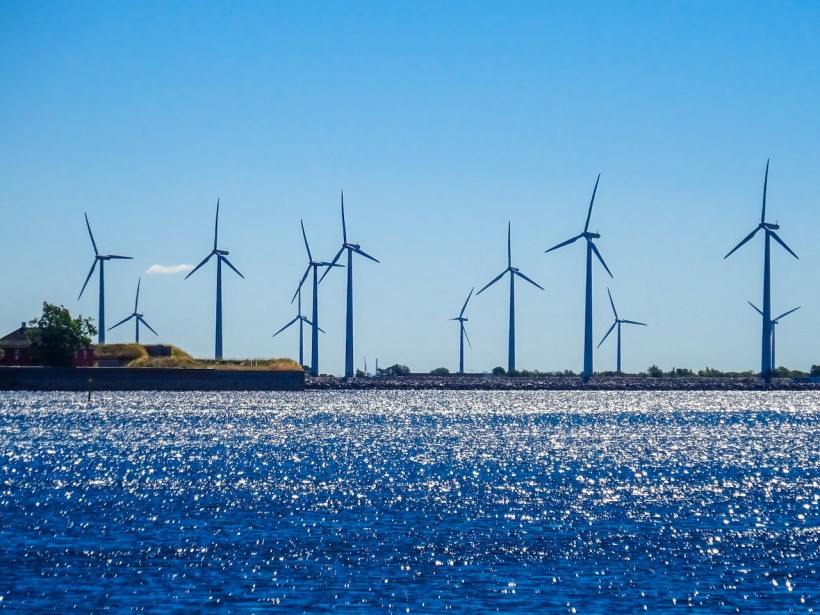The UK showed a significant growth in wind power generation when it out-supplied gas in the first three months of the current year.
A report from Imperial College London confirms that in the first quarter of 2023, 32.4% of the electricity in the UK came from wind farms. According to the analysis, the wind turbines in the country produced 24 terawatt hours of electricity, equivalent to the energy that can charge more than 300 million Tesla Model Ys.

Major Milestone Towards Sustainability
The lead author of the report, energy researcher Iain Staffell said that generating more electricity from wind turbines than gas is a genuine milestone event. However, there are still challenges in reaching a completely fossil fuel-free technology. Today, fossil fuel in the form of gas still accounts for 31.7% of the electricity fuel mix. Other sources of the mix include nuclear (12.5%), biomass (5.7%), and coal (1.3%).
In its Electric Insights report, energy firm Drax announced that UK's wind-based output rose by 3% compared to the first quarter of 2022, while gas output was reduced by 5%.
Currently, the majority of the wind power in the UK is sourced from offshore wind farms. Since 2015, installing new onshore wind turbines has been effectively banned. Companies follow restrictions under the current planning regulations where they are only allowed to apply for installing onshore wind turbines on land if these will be used for land-use programs drawn up by local councils. Prime Minister Rishi Sunak approved this as the British government plans to focus on offshore rather than onshore wind.
However, billions of pounds worth of sustainable energy programs in the UK are stuck on hold because of the lack of capacity in the electricity system. Renewable energy companies worry that this could affect the climate targets since new solar and wind sites will have to wait up to 10 to 15 years to be connected to the system.
Electricity only accounts for 18% of the total power demands in the UK, and electricity does not meet needs such as home heating systems, transport, and manufacturing. The British government seeks a plan to move households away from using gas for heating.
The country plans to achieve as much as 50 gigawatts of energy capacity by 2023 and have net zero emissions in all of its electricity by 2035.
READ ALSO: Here's What a New Offshore Wind Turbine Can Do
The Need for a Change
Scientists suggest that switching to renewable energy sources is crucial in reducing the consequences of climate change, which are widely felt all around the globe. In the UK alone, 2022 got the hottest temperature recording, with an average temperature of 10.03 degrees Celsius. It was the highest data since the record started in 1884.
Wind energy has become one of the fastest-growing energy sources in the world because it offers many advantages. Aside from being clean and renewable, it is cost-effective and can benefit the local communities. Compared to other energy sources, wind turbines function in different settings, which allows them to fit agricultural and multi-use working landscapes.
RELATED ARTICLE: Floating Wind Turbines To Save The Earth
Check out more news and information on Wind Energy in Science Times.














